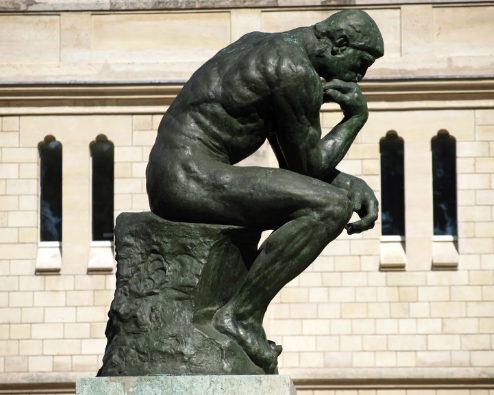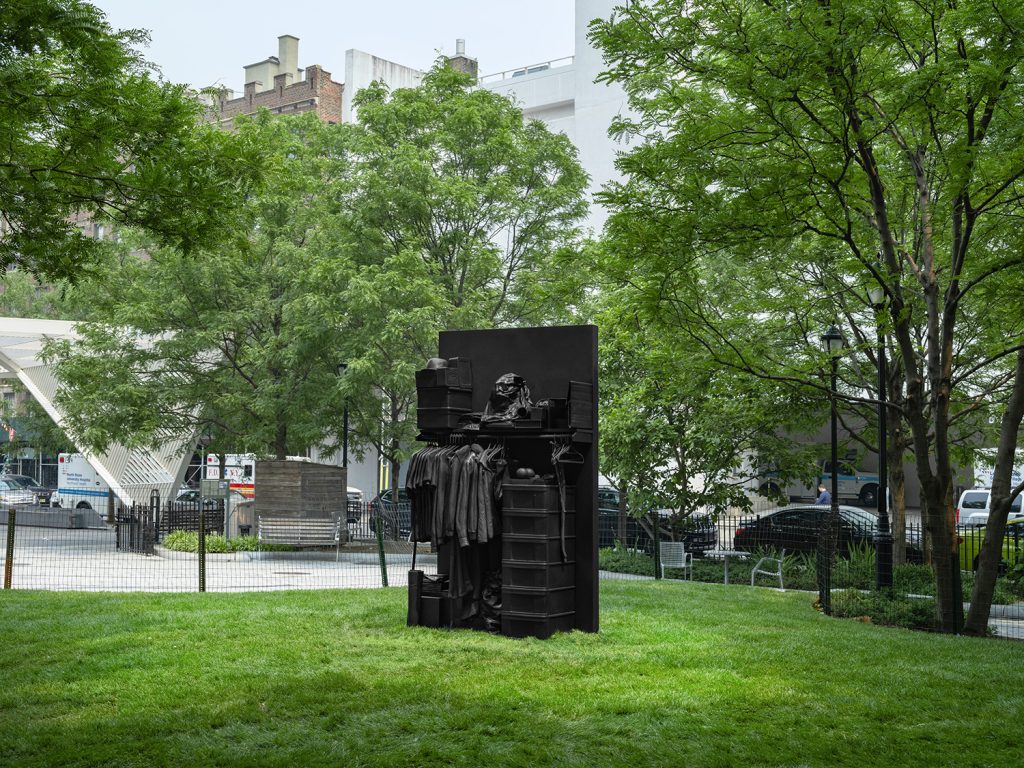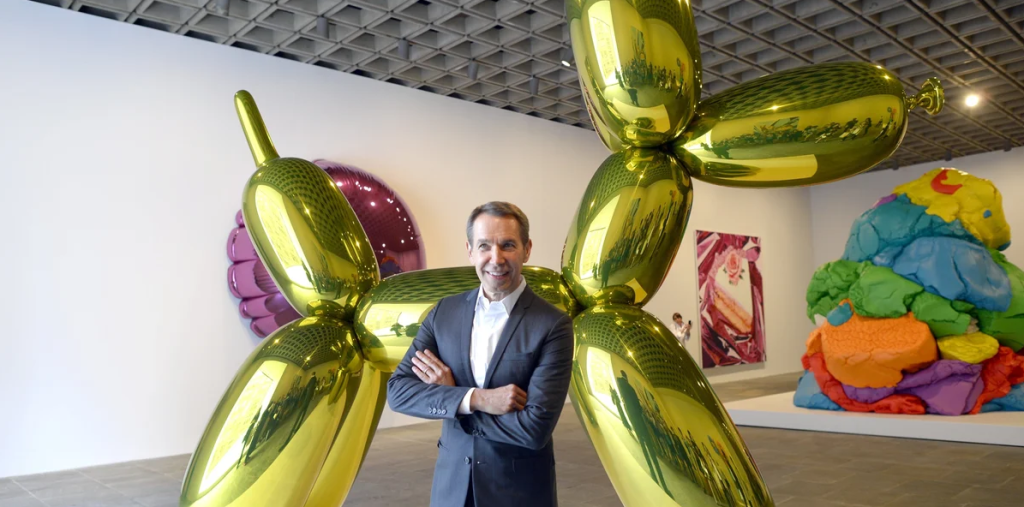The Sculptor of Emotion: Exploring the Depths of Auguste Rodin’s Masterpieces
Auguste Rodin is often hailed as one of the most influential sculptors in art history. His ability to capture the complexities of human emotion in stone and bronze has left an indelible mark on the world of art. Through his innovative techniques and poignant subject matter, Rodin’s work remains relevant and inspirational, inviting viewers to connect with their own emotions and experiences.
The Power of Expressive Forms
Rodin was a pioneer in transforming how sculptures convey emotion. Unlike traditional sculptures that focused on idealized forms, he often embraced imperfections and rawness to reflect real human experiences. His works, such as “The Thinker,” illustrate deep contemplation and existential angst, allowing viewers to relate and resonate with the subject. By prioritizing expression over perfection, Rodin redefined what sculpture could be, paving the way for future artists to explore similar themes.
Themes of Love and Suffering
Many of Rodin’s masterpieces delve into the complexities of love, pain, and desire. His iconic work “The Kiss” portrays an intimate moment between lovers, beautifully encapsulating passion and tenderness. In contrast, “The Gates of Hell,” inspired by Dante’s “Inferno,” presents a stark exploration of suffering and human struggle, featuring a multitude of figures caught in torment. These contrasting themes reveal Rodin’s deep understanding of the human condition, allowing audiences to find solace in shared experiences of joy and sorrow.
Innovative Techniques and Materials
Rodin’s approach to materials and techniques was groundbreaking for his time. He often used clay and plaster to create expressive models before casting them in bronze. This process not only allowed for greater spontaneity but also enabled him to capture the fluidity of movement and emotion. The surface textures in his sculptures, created by manipulating the material during the modeling process, add depth and intensity. These technical innovations contributed significantly to the way we perceive sculpture today, emphasizing the importance of tactile experiences in art.
In conclusion, Auguste Rodin’s work speaks to the depths of human emotion, capturing the longings, frustrations, and joys that define our existence. His mastery of form, innovative techniques, and exploration of complex themes continue to inspire artists and art lovers alike. If you’re intrigued by Rodin’s emotional resonance and artistic journey, consider visiting a local museum or exploring his works online to delve deeper into his remarkable legacy.


